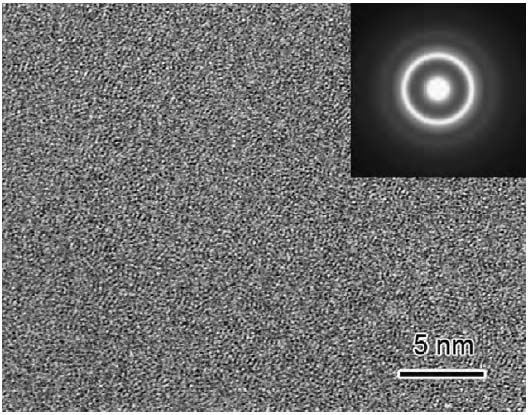

#Crystalmaker electron diffraction pattern example how to#
However, there is little or no emphasis in the traditional United States undergraduate chemistry curriculum on the methodology of X-ray crystallography or how to evaluate the results of a typical structure determination (American Crystallographic Association and United States National Committee for Crystallography, 2006 ). Structure analysis by X-ray diffraction has been the fundamental empirical method for determining the geometry of chemical bonding in molecules larger than a few atoms. Many of the ideas presented here could also be adapted for inorganic chemistry courses. Topics such as symmetry operators, space groups, systematic extinctions, methods of solving the phase problem, the Patterson map, anomalous scattering, synchrotron radiation, crystallographic refinement, hydrogen bonding and neutron diffraction all lead to the goal of understanding and evaluating a crystallographic journal article. Student projects and laboratory work for three to four weeks of an advanced physical chemistry course are presented. A two-week teaching module is suggested for introductory physical chemistry, including six to eight classroom sessions, several laboratory experiences and a 3 h computer-based session, to acquaint undergraduate physical chemistry students with crystals, diffraction patterns, the mathematics of structure determination by X-ray diffraction, data collection, structure solution and the chemical insights available from crystal structure information. Teaching goals, laboratory experiments and homework assignments are described for teaching crystallography as part of two undergraduate physical chemistry courses.


 0 kommentar(er)
0 kommentar(er)
